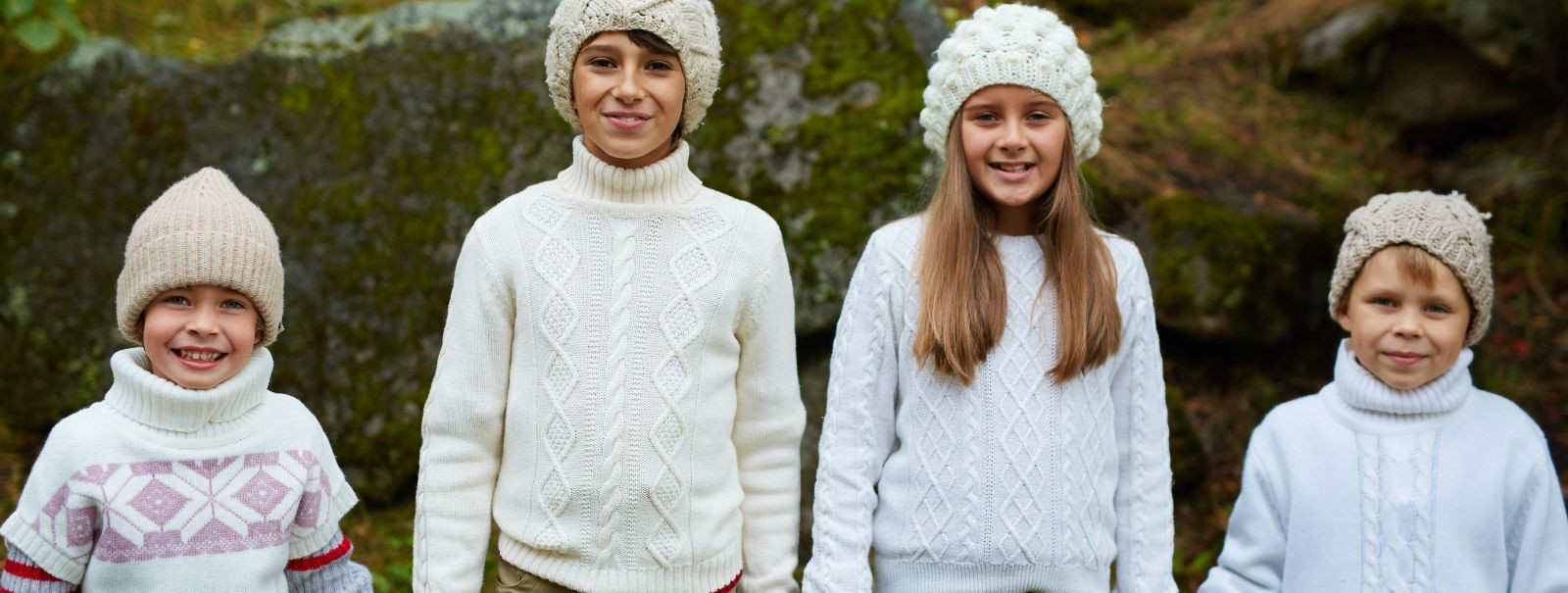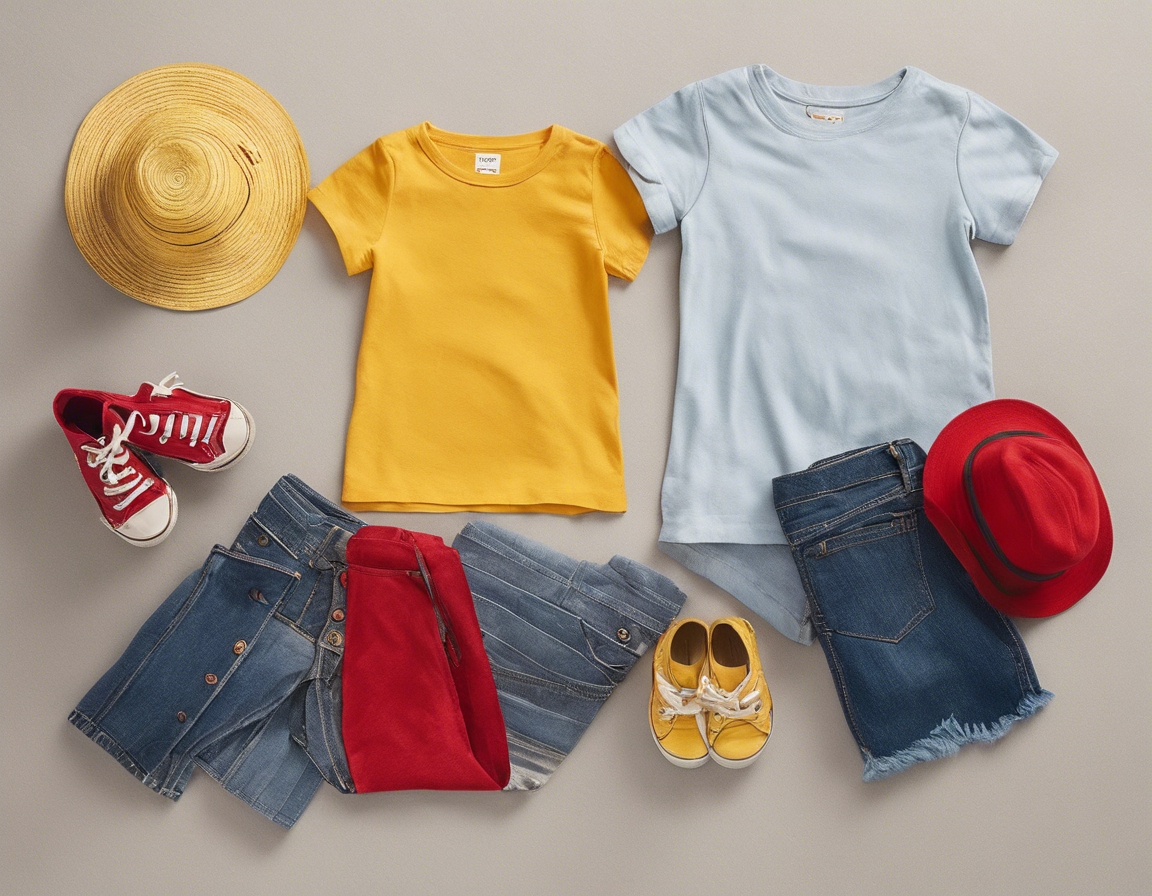5 tips for choosing eco-friendly children's clothing
As parents and guardians, we want the best for our children, and that includes the clothes they wear. Eco-friendly children's clothing is not just a trend; it's a commitment to the health of our children and the planet. Sustainable fashion takes into account the entire lifecycle of a product, from the sourcing of eco-friendly materials to ethical manufacturing processes.
The fashion industry is one of the largest polluters globally, and conventional children's clothing can have a significant environmental footprint. From the excessive use of water and pesticides in cotton farming to the pollution caused by synthetic fibers, every clothing item has an impact. Choosing eco-friendly options helps reduce this burden on the environment.
Tip 1: Look for Natural and Organic Fabrics
Organic cotton is a staple in eco-friendly children's clothing. It's grown without harmful pesticides and chemicals, making it safer for the environment and your child's skin. Organic cotton also tends to be softer and more durable than its conventional counterpart.
Hemp and bamboo are two other eco-friendly materials that are gaining popularity. They grow quickly, require little water, and don't need pesticides, making them sustainable choices for children's clothing.
Tip 2: Check for Certifications and Standards
GOTS is one of the leading textile processing standards for organic fibers, including ecological and social criteria. Look for the GOTS label to ensure the clothing meets high environmental and ethical standards.
The Oeko-Tex Standard is another certification that tests for harmful substances in textiles. This label guarantees that the clothing is safe for your child's skin and for the environment.
Tip 3: Consider the Durability and Quality of the Clothing
Durable clothing not only lasts longer but also reduces the need for frequent replacements, which in turn minimizes waste. High-quality garments can withstand the active lifestyles of children and can be passed down or resold, extending their life cycle.
Investing in quality over quantity is a key principle of sustainable fashion. Better-made clothes often require less frequent washing and replacement, which conserves resources and reduces environmental impact.
Tip 4: Support Brands with Ethical Manufacturing Practices
Choosing brands that prioritize fair labor conditions ensures that the workers who make the clothing are treated well. This includes fair wages, safe working conditions, and reasonable working hours.
Supporting brands that are transparent about their supply chain helps promote accountability in the fashion industry. It allows consumers to make informed decisions about the products they purchase for their children.
Tip 5: Opt for Timeless Designs and Extend the Lifecycle
Timeless designs not only look great but are also less likely to go out of style. This encourages longer use and reduces the cycle of buying and discarding, which is common in fast fashion.
By choosing clothes that can be handed down, resold, or recycled, parents can help create a culture of sustainability. This practice not only saves money but also significantly reduces the environmental impact of our clothing choices.






Comments (0)